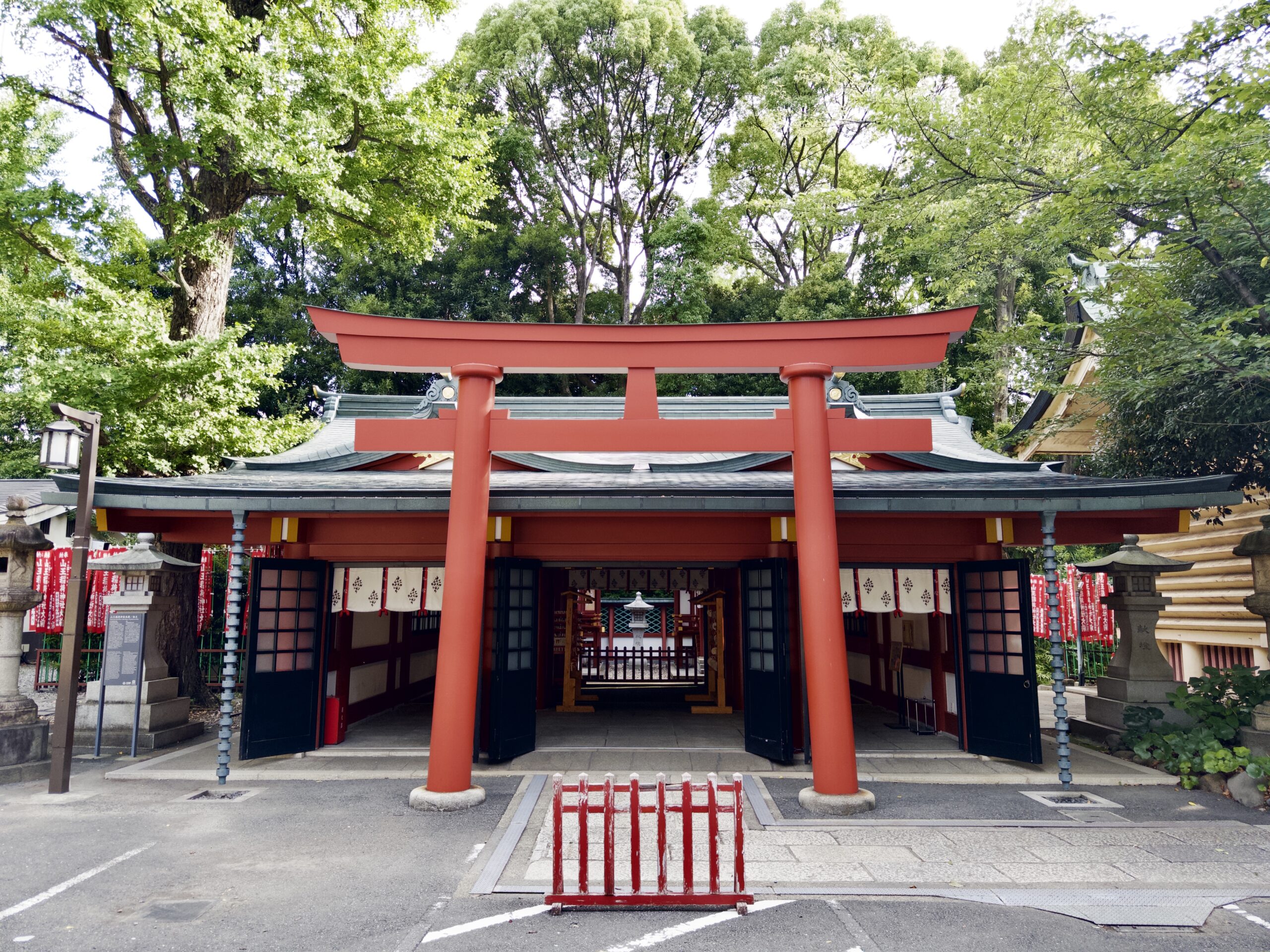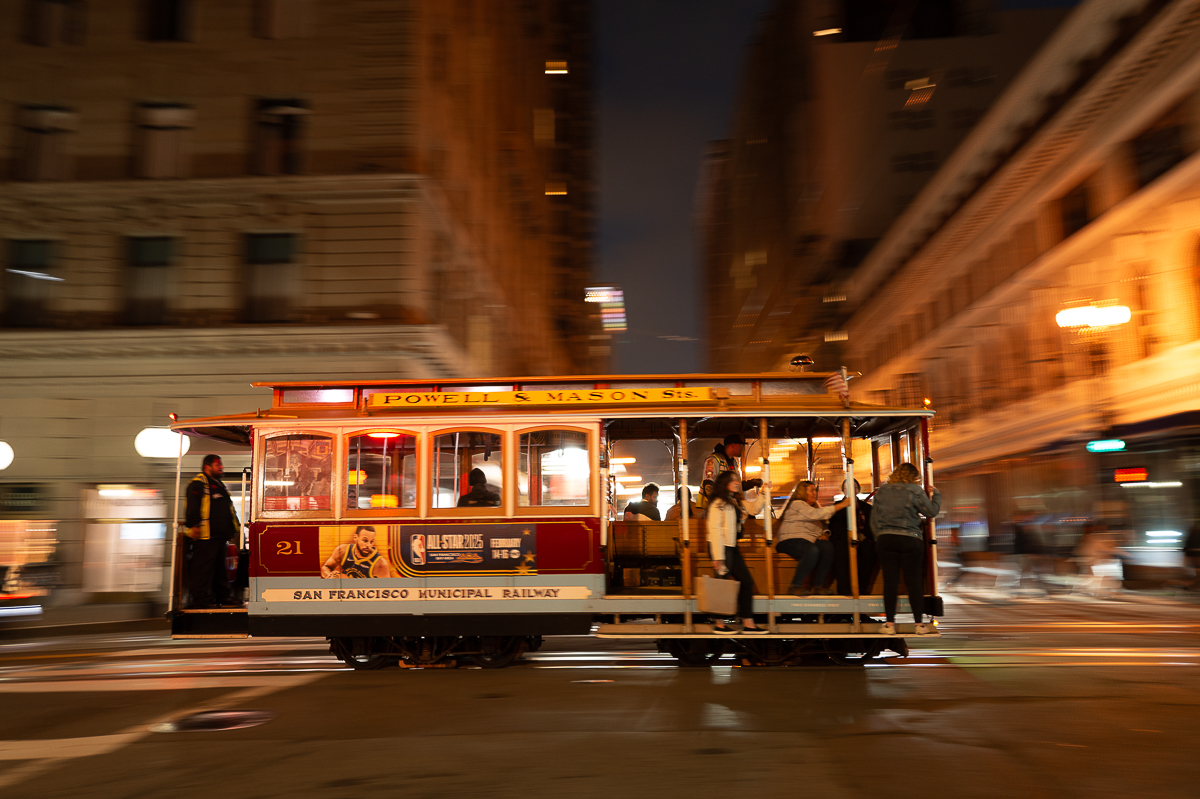Visit Hie-jinja Shrine in Tokyo for its serene atmosphere, beautiful architecture, and rich history. The shrine, dedicated to the Shinto deity Oyamakui-no-kami, features the iconic Sanno Torii gate and vibrant red buildings. It offers a peaceful retreat in the bustling city, with lush greenery and stunning views. Hie-jinja also hosts the annual Sanno Festival, one of Tokyo’s major traditional festivals, providing a unique cultural experience for visitors.
My Recommendations
- Climb the torii steps: Take the climb up from Sotobori-dori through the red torri arches – its the quintessential experience.
- Jizo Statues: Admire the novelty of the “red coats” on the Jizo Statues.
- Walk the grounds: Hie-Jin’s shrine is much larger than it original seems – there are so many little interesting areas.
When to Visit
Morning
For a peaceful exploration of the shops and mosques, mornings offer a serene atmosphere and avoid the afternoon crowds.
Evening
As the sun dips low, the streets come alive with vibrant lights and bustling nightlife. Enjoy rooftop bars, live music, and a taste of the area’s youthful energy.
Weekends
Weekends tend to be busier, so weekdays offer a more relaxed experience for browsing and sightseeing.

- Hie-Jinja Shrine, Tokyo
Dive into the history of Hie-Jinja Shrine
1600’s first built
The Hie Shrine (日枝神社, Hie Jinja) is a Shinto shrine located in Nagatachō, Chiyoda, Tokyo, Japan. Its June 15 Sannō Matsuri is one of the three great Japanese festivals of Edo (the forerunner of Tokyo). The shrine has a rich history:
- Establishment: The exact date of establishment is uncertain, but one theory attributes it to Ōta Dōkan in 1478.
- Relocation: Tokugawa Ieyasu moved the shrine to the grounds of Edo Castle, and in 1604, his son Tokugawa Hidetada relocated it to its present location for the people of Edo to worship.
- Fire and Rebuilding: The shrine was lost to the Great Fire of Meireki in 1657, but Tokugawa Ietsuna rebuilt it at its current site in 1659.
- Status: From 1871 to 1946, the Hie Shrine was officially designated as one of the Kanpei-taisha (官幣大社), signifying its high rank among government-supported shrines.
- Current Structure: The present shrine structure dates back to 1958.
- Artifacts: The Hie Shrine holds one National Treasure, a tachi (single-edged sword), and 14 Important Cultural Assets, including swords and a naginata.
- Popular Visit: Families often visit during the Shichi-Go-San coming-of-age festival.

Shinto Origins
Shinto, Japan’s indigenous religion, centers on the worship of kami, which are spirits associated with natural elements, ancestors, and sacred places. It emphasizes harmony with nature, purity, and rituals to honor these spirits. Shinto practices involve rituals and ceremonies at shrines, which are considered the dwellings of kami. Key elements include torii gates, purification rites, offerings, and festivals (matsuri) that celebrate seasonal events and milestones. Shinto has no formal founder, sacred scriptures, or dogma, making it more of a way of life than a structured religion. It coexists harmoniously with Buddhism, and many Japanese people practice both religions.

Cultural artifacts
Jizo Statues
Within the grounds you will the the Buddhist statues with red coats, often seen in Japan, are typically Jizo statues. Jizo is a beloved Bodhisattva known as the protector of children, travelers, and the underworld. These statues are commonly dressed in red bibs and caps, believed to provide protection and blessings. Red is considered a color of protection in Japanese culture. People also dress Jizo statues in red garments to express gratitude for answered prayers or to seek protection for children.


Appreciate the contrast of the old and new
Appreciate the contrast of the old and new. The background of a modern city and skyscrapers against the history and culture of a shring and temple that dates back hundreds of years is often forgotten in Japan.









